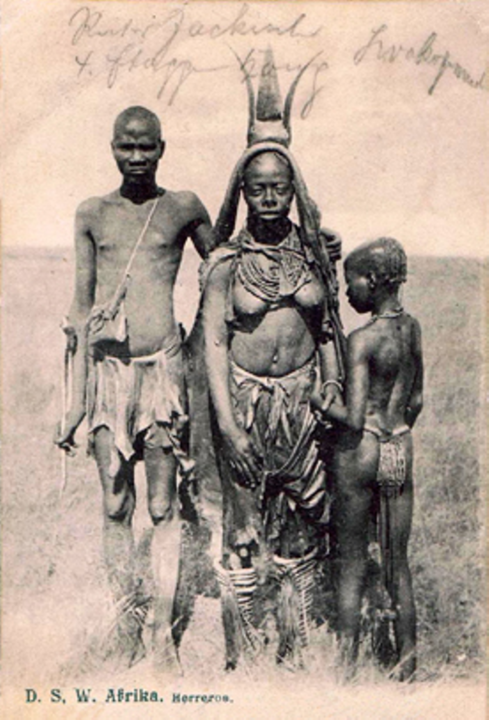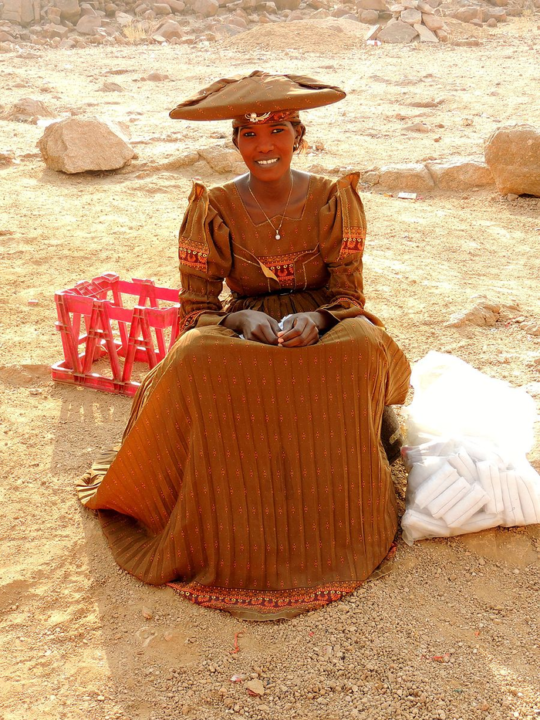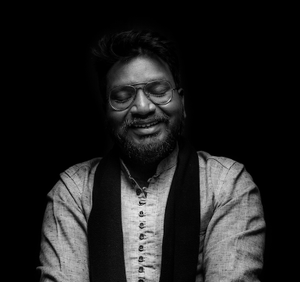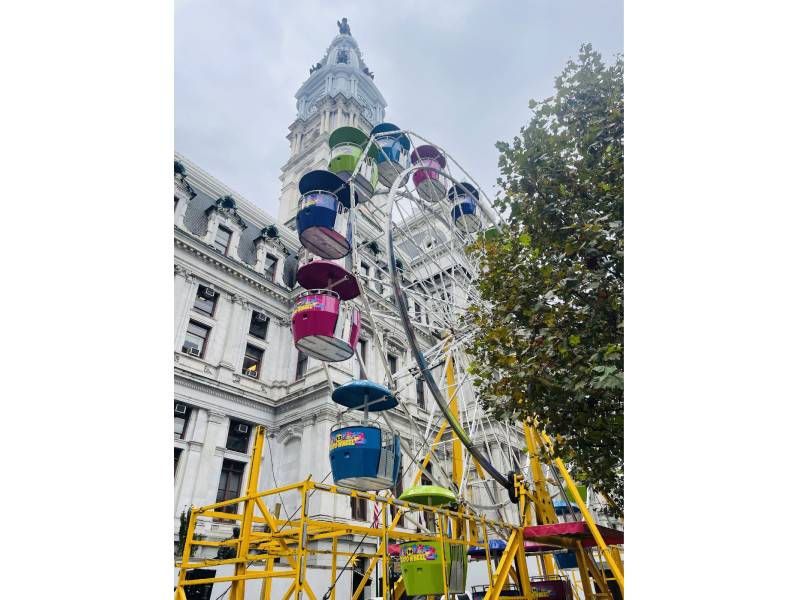Image: Herero woman selling cakes. Source: Wikimedia Commons
Introduction
The Herero people, also known as Ovaherero, are a Bantu ethnic group with a vibrant history, hailing from the southern regions of Africa. With an estimated population of 250,000 in Namibia alone in 2013, the Herero have a significant presence there. This blog will delve into the fascinating world of the Herero, exploring their language, traditional lifestyle, social organization, and the turbulent history that has shaped their identity.
Herero Livelihood: Pastoralists Extraordinaire
Unlike many other Bantu groups that primarily engage in subsistence farming, the Herero have traditionally been skilled pastoralists. Their livelihood revolves around tending to livestock, particularly cattle. The Herero have a deep connection with their cattle, considering them a symbol of wealth and status.
Historical records suggest that the Bantu herders, including the Herero, acquired cattle from Cushitic pastoralists in Eastern Africa. Over time, as the Bantu people settled in Eastern Africa, they adopted milking practices from the Cushitic herders, either through direct interaction or indirectly through Khoisan intermediaries.

Nguni cattle. Source: Wikimedia Commons
Present-Day Distribution
While most Herero population resides in Namibia, significant Herero communities can also be found in Botswana and Angola. In Botswana, the Herero, known as Ovaherero, are concentrated in areas like Maun and surrounding villages such as Sepopa, Toromuja, Karee, and Etsha. Some communities are also in Mahalapye, Pilane, and the Kgalagadi South region.
In Angola, Herero subgroups include the Mucubal, Kuvale, Zemba, Hakawona, Tjavikwa, Tjimba, and Himba. These Herero communities frequently cross the border between Namibia and Angola during their migrations, preserving their traditional way of life.
Social Organization: A Mosaic of Sub-Divisions
The Herero people are not homogenous but divided into several sub-divisions. These include the Himba, Tjimba (Cimba), Mbanderu, and Kwandu. Notably, some groups, like the Tjimba, are physically distinct indigenous hunter-gatherers who speak Herero but maintain their unique way of life.
Leadership among the Herero is distributed across eight royal houses, each with its chief. These royal houses include the Ovaherero Traditional Authority, Maharero Royal Traditional Authority, Zeraeua Royal Traditional Authority, Ovambanderu Royal Traditional Authority, and Onguatjindu Royal Traditional Authority.
Paramount Chiefs: The Pinnacle of Leadership
At the apex of Herero leadership is the position of the Paramount Chief, who leads all Herero people. However, this role has been vacant and contested in recent times. Prominent candidates for the position include Hoze Riruako and Mutjinde Katjiua. During this period of uncertainty, Chief Vipuira Kapuuo has been acting as the Paramount Chief since the death of the previous officeholder, Vekuii Rukoro.
The lineage of Paramount Chiefs among the Herero traces back through history, with leaders such as Kuaima Riruako, Clemens Kapuuo, Hosea Kutako, Samuel Maharero, and Maharero ka Tjamuaha playing pivotal roles in the leadership of the Herero people.
Historical Context: From Migration to Colonialism
The Herero have a long and intricate history that extends back to the 15th century when they migrated to Namibia from the eastern regions. Their initial settlement as herders was disrupted in the 19th century when the Nama people, armed with firearms, entered their territory. This began a bitter conflict between the Herero and Nama groups.
The late 18th century saw the arrival of European settlers in the region, with German immigrants acquiring land from the Herero to establish farms. In 1883, a contract was signed between merchant Franz Adolf Eduard Lüderitz and native elders, laying the foundation for German colonial rule.

Herero people at the end of the 19th century. Source: Wikimedia Commons
Namibia was formally established as German South West Africa. This colonial period witnessed numerous conflicts between German colonists and Herero herders, driven by disputes over land, water access, and discrimination against the native population. The situation escalated to the infamous Herero Wars and the Herero and Namaqua Genocide.
The Herero and Nama people resisted German colonists’ expropriation of their land and cattle, but they were ultimately defeated. In 1904, the Herero and Nama launched a rebellion that lasted until 1907 and resulted in the near-destruction of the Herero population. This conflict marked a dark chapter in history, with approximately 65,000 Herero people losing their lives.
Cultural Richness: Dress, Language, and Religion
The Herero culture is a tapestry of unique traditions, beginning with their distinctive dress. Herero women, in particular, are known for their elegant attire, which includes long, flowing dresses with voluminous skirts. These dresses are lavishly adorned and are made from bright, colorful fabrics.
The most iconic element of Herero women’s dress is the horizontal horned headdress, the otjikaiva. This headdress pays homage to the cows that hold immense significance in Herero culture. These headdresses are often made from rolled-up newspaper covered in fabric and are carefully coordinated with the dresses.

Image: Herero woman. Source: Wikimedia Commons
The Herero language, known as Otjiherero, is a unifying force among the Herero people. It is a Bantu language with various dialects, such as Oluthimba, Otjihimba, and Otjikuvale. Standard Herero is used in the Namibian media and taught in schools nationwide.
Religiously, the Herero people believe in Okuruo, a holy fire that links them and their ancestors, allowing them to communicate with God. While traditional beliefs persist, many Herero have also embraced Christianity, with Catholicism, Lutheranism, and Born-again Christianity being prevalent denominations.
Livelihood Rooted in Domestic Animals
The Herero people have crafted their livelihood around domestic animals, with cattle, goats, sheep, horses, and donkeys playing crucial roles. Cattle hold a special place in Herero society, symbolizing wealth and prosperity. Men primarily carry out cattle herding and trading activities, while women are responsible for milking cows and managing household chores.
Goats and sheep serve as sources of meat, milk, and materials for clothing and ornaments. Goat dung is even used for medicinal purposes. Horses and donkeys are essential for transportation, especially in herding and searching for lost domestic animals.
Dogs are used for hunting and herding, while chickens provide meat and eggs.
Herero in Fiction: A Cultural Influence Beyond Borders
The Herero people have left their mark in their homeland, literature, and fiction. They are featured in various novels, including Thomas Pynchon’s “Gravity’s Rainbow” and Uwe Timm’s “Morenga.” Additionally, Guy Saville’s book “The Afrika Reich” explores an alternate history in which the Herero plays a significant role.
In recent years, Herero culture and dress have also gained attention from fashion designers in urban Windhoek, showcasing the adaptability and evolving nature of their traditional attire.
Conclusion
The Herero people of Namibia are a fascinating and culturally rich group with a history marked by resilience and adaptation. Their pastoral way of life, unique dress, and distinctive language contribute to their identity, while their historical experiences have shaped their worldview. The Herero continue to evolve and thrive in the modern world, carrying their heritage proudly into the future.

Anand Subramanian is a freelance photographer and content writer based out of Tamil Nadu, India. Having a background in Engineering always made him curious about life on the other side of the spectrum. He leapt forward towards the Photography life and never looked back. Specializing in Documentary and Portrait photography gave him an up-close and personal view into the complexities of human beings and those experiences helped him branch out from visual to words. Today he is mentoring passionate photographers and writing about the different dimensions of the art world.





